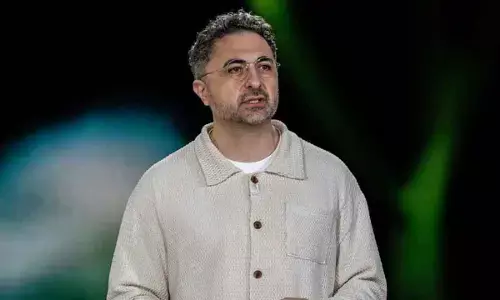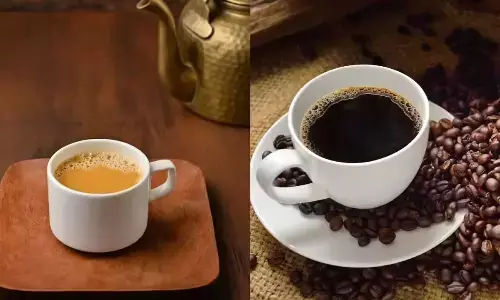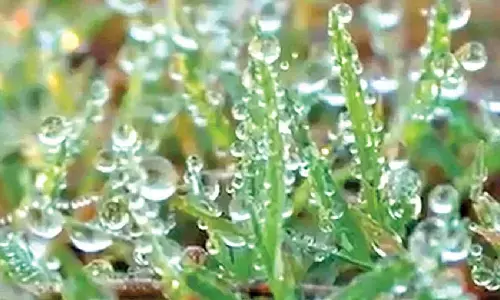Breaking a Century-Old Rule: How Garg’s Team Challenges Bredt’s Rule in Organic Chemistry

Discover how Neil Garg and his team are reshaping organic chemistry by challenging Bredt’s rule, a principle that has stood for over 100 years.
Have you ever encountered a scientific rule so established that it seems unbreakable? Well, a group of scientists is challenging one such long-standing rule in organic chemistry, showing that it may not be as invincible as once believed.
Neil Garg, a UCLA chemistry professor, is at the forefront of questioning a core principle that has been a cornerstone of organic chemistry for more than a century.
In a groundbreaking study published in *Science*, Garg and his team demonstrated that Bredt’s rule—an idea that has been a staple in chemistry textbooks since 1924—might not be as unshakable as it was once thought.
But first, let’s dive into what Bredt’s rule actually says.
What is Bredt’s Rule?
Bredt’s rule states that you can’t have a double bond at the bridgehead position in small, bridged ring systems. These are molecules shaped like two rings connected by some shared atoms.
The rule says it’s impossible to fit a double bond in these systems because the molecule would become too strained and unstable. Imagine trying to bend a stick into a circle without breaking it—it just doesn’t work.
Bredt’s rule has been important for chemists studying organic molecules, especially olefins (compounds with a double bond between two carbon atoms).
Garg’s Team Turns Bredt’s Rule Upside Down
Instead of accepting this long-established rule, Garg’s team aimed to demonstrate that Bredt’s rule could be challenged.
They set out to prove that double bonds could indeed exist at the bridgehead positions in small ring systems, resulting in the creation of what they called *anti-Bredt olefins* (ABOs).
“No one has tried to make these molecules because they think it’s impossible,” Garg explained.
The team used a clever chemical reaction to produce ABOs, molecules that should be highly unstable. To help capture these unstable molecules, they added another chemical to “trap” them long enough for study.
What Are Anti-Bredt Olefins (ABOs)?
Anti-Bredt olefins (ABOs) are molecules that break Bredt’s rule by having a double bond at the bridgehead position of a small ring system. Bredt’s rule says this shouldn’t be possible because it would make the molecule too unstable. However, Garg’s team showed that ABOs can exist and be used in chemical reactions.
These molecules are important because they help scientists understand how strained molecules behave. Strained molecules are under stress due to their structure, and studying them can lead to new discoveries in materials science and drug development.
Why Does This Matter?
By showing that ABOs can be created and used, Garg’s team is opening up new possibilities for drug discovery.
“There’s a big push in the pharmaceutical industry to develop chemicals with three-dimensional structures like ours because they could help discover new medicines,” Garg said.
This discovery could lead to the development of new drugs and other valuable compounds.
Challenging Rules in Science
Garg’s work goes beyond just breaking a rule—it challenges the scientific community to rethink long-held beliefs.
“We shouldn’t have strict rules like this,” Garg said. “If we do, they should be guidelines, not limitations. These rules stifle creativity.”
This study reminds us that science is always evolving. What seems impossible today might be the next big breakthrough tomorrow.
Encouraging Creativity in Science
For young chemists and researchers, this discovery is a call to question assumptions and push boundaries. If a century-old rule can be overturned, imagine what other "impossible" feats are within reach.
Garg’s study shows that chemists can now make anti-Bredt olefins to create new products and help solve important problems, like developing new medications.
What’s Next?
This breakthrough opens up exciting new possibilities in organic chemistry and pharmaceuticals. Garg’s team has set the stage for future research that could lead to significant advancements in medicine and beyond.
So, the next time someone tells you, "That's impossible," remember: all it takes is a new perspective and the courage to defy convention. You might just be the one to reshape the future of science.
The full study was published in the journal Science.




















